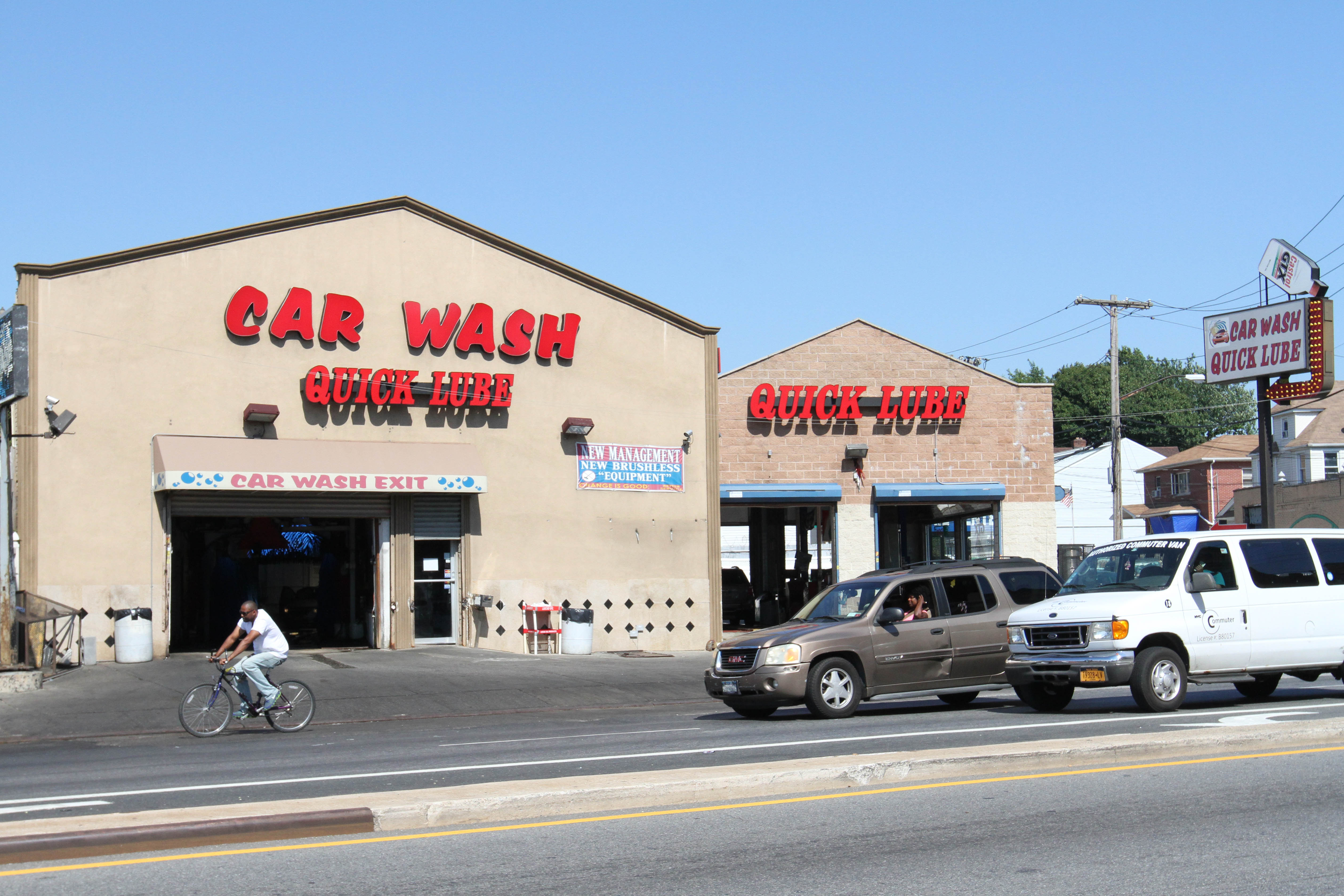Dear Capital One:
Rebecca here.
A few weeks ago I signed up for one of your credit cards. Just a few weeks after the card came in the mail, I got an email alert from you about a tip I had left. Here’s what it said:
We noticed you gave an extra generous tip on March 14, 2016, for your service at Mackey’s… We hope you left this tip because your service was exceptional. So if it’s not a mistake—or if you’ve already addressed it—there’s nothing you need to do. Have concerns about the tip? Just sign in to look at the charge in more detail. You can also contact Mackey’s directly if you need to…
I looked closer at your email to see I’d left $5 on a $14 bill.
While my tip may have exceeded 20% of the bill (the percentage conventionally considered to be a “good” tip), it was just an extra two bucks—and well within the realm of what I consider reasonable.
As a former server—and as someone who spends her days working to fight poverty and boost opportunity in America—I was struck by the great irony of receiving these emails in the weeks leading up to the 25th anniversary of the last time Congress raised the tipped minimum wage.
.@CapitalOne apparently doesn’t believe its customers could possibly care about tipping their servers well pic.twitter.com/1lrNlm2NKe
— Rebecca Vallas (@rebeccavallas) March 19, 2016
I was still reeling from your initial email alert when my “extra generous” tipping was flagged again. This time I had I left a whopping $4 tip on an $11 bill.
.@capitalone straight up trolling me now IT’S $4 ON $11 FOLKS pic.twitter.com/1OwaPYSeYP
— Rebecca Vallas (@rebeccavallas) March 20, 2016
And the emails kept coming every day for the rest of the week.
I get that somewhere in there you may have good intentions. Indeed, in response to my publicly sharing your tip-shaming email alerts, your customer service department tweeted that you “like to lean on the safe side when it comes to possible fraudulent activity.”
But with April 1st marking 25 years since Congress last raised the tipped minimum wage, now seems as good a time as any to explain why I tip how I do—and why your email alerts aren’t just meddlesome and offensive, but part of the problem.
In the U.S., the 4.3 million Americans who work for tips are subject to a much lower federal wage floor than other workers. Whereas the federal minimum wage—which is itself a poverty wage—sits at $7.25 per hour, the tipped minimum wage is an abysmal $2.13 per hour, just 30 percent of the full federal minimum. And while the federal minimum wage has been increased five times since 1991, policymakers have left the tipped minimum wage to stay stuck at $2.13.
This anemic wage floor leaves workers at restaurants, hair salons, nail salons, valet parkers, airport attendants, bellhops, and food delivery workers—anyone working for tips—economically vulnerable. In fact, 12.8% of workers in predominantly tipped occupations live below the federal poverty line, and nearly 15% of restaurant servers are poor, compared to just 6.7% of the overall workforce. And nearly half rely on public assistance to make ends meet.
These disparities aren’t inevitable. Indeed, the contrast between states that have a subminimum tipped wage and those that pay tipped workers the same as other workers shows the difference that policy can make. Just 10.2% of restaurant servers are poor in states that have no subminimum tipped wage compared with 18% in states with a $2.13 per hour tipped wage.
Importantly, it’s not just low pay that makes it hard to get by on the tipped minimum wage. As anyone who’s ever been a restaurant server knows all too well, working for tips is inherently unpredictable. While other workers are paid the same rate for every hour they work, tipped workers’ income can fluctuate day to day and week to week, subject to the vagaries of busy and slow shifts, good and bad weather, a booming economy versus hard times when potential customers are tighter with their pocketbooks, and more. It can be incredibly difficult to budget, plan ahead, and save for the future when you can’t predict your income.
Contrary to claims made by some in the restaurant industry—the main opponents of raising the tipped minimum wage—growth of restaurant jobs in states that pay tipped workers the same as other workers is on par with that of the rest of the country. In fact, three of the states with the top growth—Nevada, Washington, and Oregon—do not have a tipped wage below the minimum wage. Restaurants themselves can even benefit from raising wages for their workers. In addition to boosting productivity, one study of restaurant workers found that higher wages cut employee turnover by as much as half, shrinking training costs substantially.
Policymakers at all levels of government are working to address this. Legislation championed by Senator Patty Murray (D-WA) and Congressman Bobby Scott (D-VA) would gradually raise the tipped minimum wage to 70% of the federal minimum, an important step in the right direction. Meanwhile, as the Fight for $15 movement continues to gain steam in states and cities across the U.S., there is widespread support for raising or phasing out altogether the tipped minimum wage as well, with 8 states taking action in just the past two years to boost wages for tipped workers.
Yet, Capital One: While these legislative actions are positive steps, some—hopefully many—of your customers who can afford it may choose to tip more generously than 20%, in recognition of how hard it is to get by on the tipped minimum wage. As sociologist Kathy Edin and economist Jonathan Skinner noted recently, tipping well—while hardly a panacea for poverty and inequality—is one concrete step that people can take to make a difference in the lives of low-wage workers who rely on tips.
In closing, I’ll leave you with a few ideas for how you can put your algorithms that trigger email alerts to better use.
What about sending emails with facts about the tipped minimum wage to customers who are routinely cruddy tippers?
@rebeccavallas @CapitalOne Does it go the other way? “We noticed you left a sh*tty tip. Did you know that servers only earn $2.13 an hour?”
— Dan Crawford (@dpcrawf) March 21, 2016
Or alerting your customers when businesses they patronize commit wage theft?
Or letting us know when companies fail to top off workers’ pay when tips don’t get them up to the federal minimum wage, as employers are required by law to do?
@rebeccavallas @CapitalOne Don’ you wish we consumers had an automatic way of contacting companies every time they underpaid their workers?
— Joel Berg (@Joelsberg) March 22, 2016
But if nothing else, please stop hectoring customers like me for doing what we can to tackle poverty and inequality.
Sincerely,
Rebecca D. Vallas











